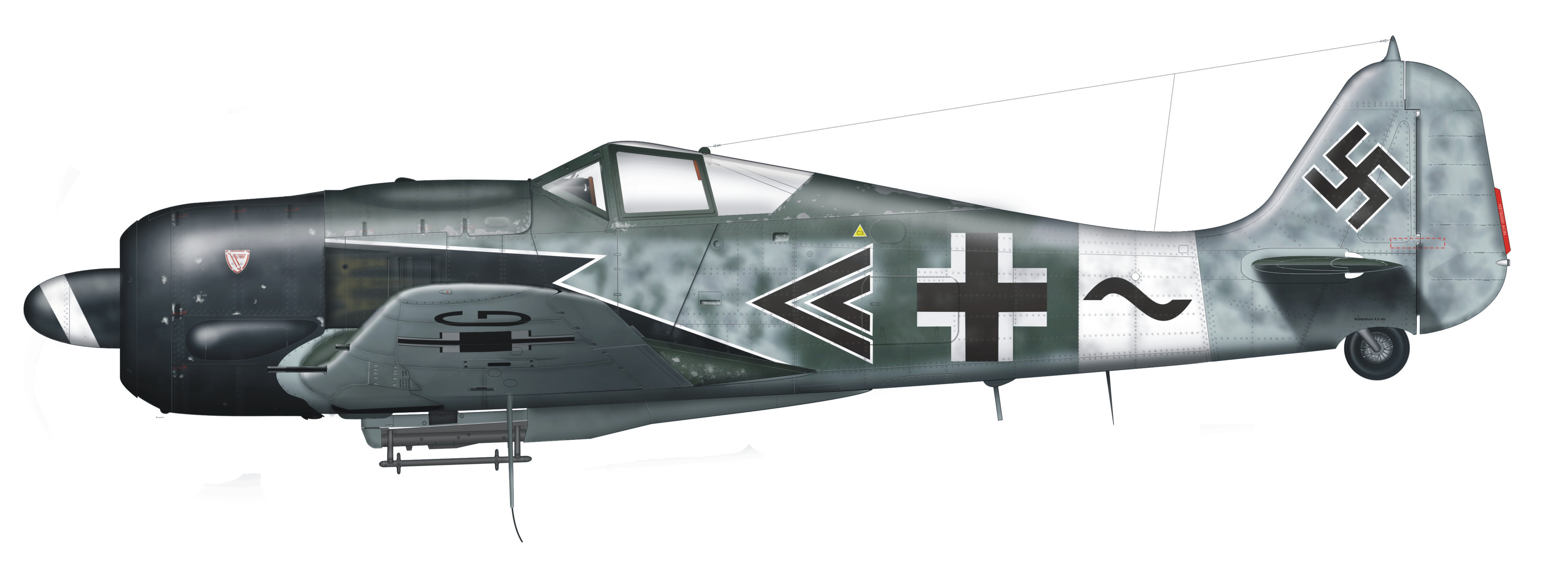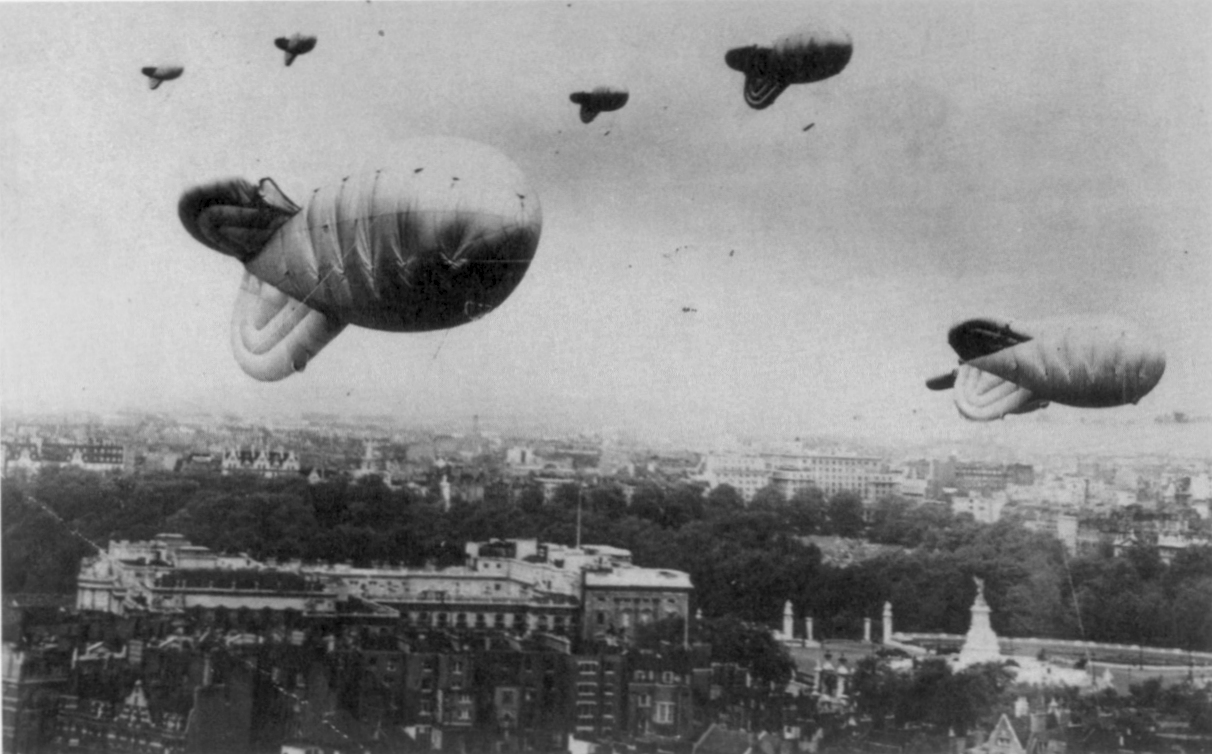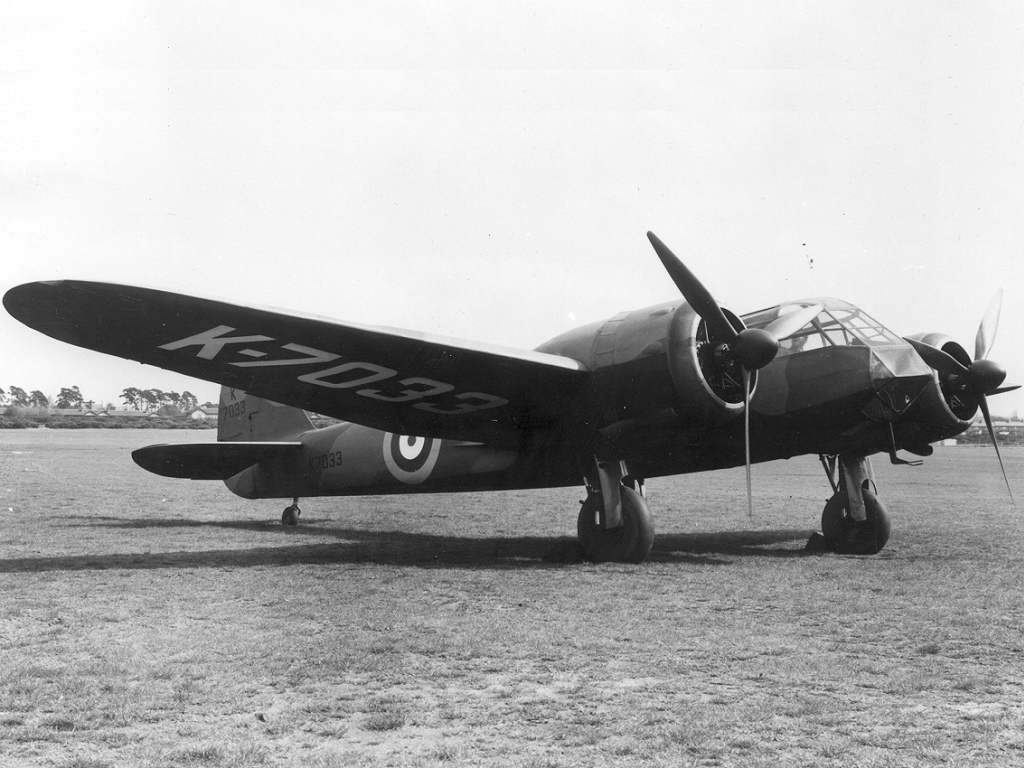|
Georg Schentke
Georg 'Peterle' Schentke (23 November 1919 – 25 December 1942) was a Luftwaffe ace and recipient of the Knight's Cross of the Iron Cross during World War II. The Knight's Cross of the Iron Cross was awarded to recognise extreme battlefield bravery or successful military leadership. Career Schentke was born on 23 November 1919 in Kriescht in the Province of Brandenburg within the Weimar Republic, present-day Krzeszyce in western Poland. Following flight and fighter pilot training, Schentke was posted to 9. '' Staffel'' (9th squadron) of ''Jagdgeschwader'' 3 (JG 3—3rd Fighter Wing) on 1 March 1940. The ''Staffel'' was subordinated to the newly created III. '' Gruppe'' (3rd group) of JG 3, based at Jena. The ''Gruppe'' was commanded by ''Hauptmann'' Walter Kienitz and equipped with the Messerschmitt Bf 109 E-1 and E-3. On 28 March 1940, III. ''Gruppe'' of JG 3 was considered operationally ready and transferred to Detmold Airfield where it was tasked wit ... [...More Info...] [...Related Items...] OR: [Wikipedia] [Google] [Baidu] |
Krzeszyce
Krzeszyce is a village in Sulęcin County, Lubusz Voivodeship, in western Poland. It is the seat of the gmina (administrative district) called Gmina Krzeszyce. It lies approximately north-west of Sulęcin and south-west of Gorzów Wielkopolski. Notable residents * Georg Schentke (1919–1942), Luftwaffe The Luftwaffe () was the aerial warfare, aerial-warfare branch of the before and during World War II. German Empire, Germany's military air arms during World War I, the of the Imperial German Army, Imperial Army and the of the Imperial Ge ... pilot References Villages in Sulęcin County {{Sulęcin-geo-stub ... [...More Info...] [...Related Items...] OR: [Wikipedia] [Google] [Baidu] |
Jagdgeschwader 3
''Jagdgeschwader'' 3 (JG 3) "Udet" was a ''Luftwaffe'' fighter aircraft, fighter Wing (air force unit), wing of World War II. The ''Geschwader'' operated on all the German fronts in the European Theatre of World War II. It was named after Ernst Udet, an important figure in the development of the Luftwaffe, in 1942. History 1940 Jagdschwader 3 "Udet" was formed on 1 May 1939 in Bernburg, Bernburg/Saale from JG 231. JG 3 was one of the ''Luftwaffes fighter units that took part in the Battle of France. A particularly fruitful period over France occurred from 14 to 17 May 1940. Allied sorties over the area of German advance had attempted to prevent the German armour from crossing the Meuse and sent waves of inadequately protected bombers to do the job. As a result, 90 Allied bombers were shot down and the 14 May became known as the "day of the fighters" within the ''Luftwaffe''. I./JG 3 destroyed seven fighters without loss on this day. On 15 May five were destroyed, again for no l ... [...More Info...] [...Related Items...] OR: [Wikipedia] [Google] [Baidu] |
Supermarine Spitfire
The Supermarine Spitfire is a British single-seat fighter aircraft that was used by the Royal Air Force and other Allies of World War II, Allied countries before, during, and after World War II. It was the only British fighter produced continuously throughout the war. The Spitfire remains popular among enthusiasts. Around List of surviving Supermarine Spitfires, 70 remain airworthy, and many more are static exhibits in aviation museums throughout the world. The Spitfire was a short-range, high-performance interceptor aircraft designed by R. J. Mitchell, chief designer at Supermarine Aviation Works, which operated as a subsidiary of Vickers-Armstrong from 1928. Mitchell modified the Spitfire's distinctive elliptical wing (designed by Beverley Shenstone) with innovative sunken rivets to have the thinnest possible cross-section, achieving a potential top speed greater than that of several contemporary fighter aircraft, including the Hawker Hurricane. Mitchell continued to refine ... [...More Info...] [...Related Items...] OR: [Wikipedia] [Google] [Baidu] |
Royal Air Force
The Royal Air Force (RAF) is the Air force, air and space force of the United Kingdom, British Overseas Territories and Crown Dependencies. It was formed towards the end of the World War I, First World War on 1 April 1918, on the merger of the Royal Flying Corps (RFC) and the Royal Naval Air Service (RNAS). Following the Allies of World War I, Allied victory over the Central Powers in 1918, the RAF emerged as the largest air force in the world at the time. Since its formation, the RAF has played History of the Royal Air Force, a significant role in Military history of the United Kingdom, British military history. In particular, during the Second World War, the RAF established Air supremacy, air superiority over Nazi Germany's Luftwaffe during the Battle of Britain, and led the Allied strategic bombing effort. The RAF's mission is to support the objectives of the British Ministry of Defence (United Kingdom), Ministry of Defence (MOD), which are to "provide the capabilities nee ... [...More Info...] [...Related Items...] OR: [Wikipedia] [Google] [Baidu] |
Port Of London
The Port of London is that part of the River Thames in England lying between Teddington Lock and the defined boundary (since 1968, a line drawn from Foulness Point in Essex via Gunfleet Old Lighthouse to Warden Point in Kent) with the North Sea and including any associated docks. Once the largest port in the world, it was the United Kingdom's largest port as of 2020.New data appended annually. Usage is largely governed by the Port of London Authority ("PLA"), a public trust established in 1908; while mainly responsible for coordination and enforcement of activities, it also has some minor operations of its own. The port can handle cruise liners, roll-on roll-off ferries and cargo of all types at the larger facilities in its eastern extent. As with many similar historic European ports, such as Antwerp and Rotterdam, many activities have steadily moved downstream towards the open sea as ships have grown larger and the land upriver taken over for other uses. History The Port o ... [...More Info...] [...Related Items...] OR: [Wikipedia] [Google] [Baidu] |
London
London is the Capital city, capital and List of urban areas in the United Kingdom, largest city of both England and the United Kingdom, with a population of in . London metropolitan area, Its wider metropolitan area is the largest in Western Europe, with a population of 14.9 million. London stands on the River Thames in southeast England, at the head of a tidal estuary down to the North Sea, and has been a major settlement for nearly 2,000 years. Its ancient core and financial centre, the City of London, was founded by the Roman Empire, Romans as Londinium and has retained its medieval boundaries. The City of Westminster, to the west of the City of London, has been the centuries-long host of Government of the United Kingdom, the national government and Parliament of the United Kingdom, parliament. London grew rapidly 19th-century London, in the 19th century, becoming the world's List of largest cities throughout history, largest city at the time. Since the 19th cen ... [...More Info...] [...Related Items...] OR: [Wikipedia] [Google] [Baidu] |
The Blitz
The Blitz (English: "flash") was a Nazi Germany, German bombing campaign against the United Kingdom, for eight months, from 7 September 1940 to 11 May 1941, during the Second World War. Towards the end of the Battle of Britain in 1940, a contest for daylight air superiority over the United Kingdom between the and the Royal Air Force, Germany began conducting mass air attacks against British cities, beginning with London, in an attempt to draw the RAF Fighter Command into a battle of annihilation.Price 1990, p. 12. Adolf Hitler and Hermann Göring, commander-in-chief of the Luftwaffe, ordered the new policy on 6 September 1940. From 7 September 1940, London was systematically bombed by the Luftwaffe for 56 of the following 57 days and nights. Notable attacks included a large daylight attack against London on Battle of Britain Day, 15 September, a large raid on 29 December 1940 against London -- resulting in a firestorm known as the Second Great Fire of London,Hooton 1997, p. ... [...More Info...] [...Related Items...] OR: [Wikipedia] [Google] [Baidu] |
Bristol Blenheim
The Bristol Blenheim is a British light bomber designed and built by the Bristol Aeroplane Company, which was used extensively in the first two years of the Second World War, with examples still being used as trainers until the end of the war. Development began with the ''Type 142'', a civil airliner, after a challenge from the newspaper proprietor Harold Harmsworth, 1st Viscount Rothermere, Lord Rothermere to produce the fastest commercial aircraft in Europe. The ''Type 142'' first flew in April 1935, and the Air Ministry, ordered a modified design as the ''Type 142M'' for the Royal Air Force (RAF) as a bomber. Deliveries of the new Blenheim to RAF squadrons commenced on 10 March 1937. In service the Type 142M became the Blenheim Mk.I which would be developed into the long-nosed Type 149, the Blenheim Mk.IV, except in Canada where Fairchild Canada built the Type 149 under licence as the Bolingbroke. The Type 160 Bisley was also developed from the Blenheim but was already obsol ... [...More Info...] [...Related Items...] OR: [Wikipedia] [Google] [Baidu] |
Army Group B
Army Group B () was the name of four distinct German Army Group, army group commands that saw action during World War II. The first Army Group B was created on 12 October 1939 (from the former Army Group North) and fought in the Battle of France on the northern flank. It was responsible for a part of the German invasion of Belgium (1940), German invasion of Belgium and the majority of the German invasion of the Netherlands. In the later stage of that campaign ("Fall Rot, Case Red"), it again advanced on the German right flank towards the Somme (river), Somme river, the city of Paris and the France–Spain border, Franco-Spanish border. After 16 August 1940, it was deployed to East Prussia and to the General Government in Occupation of Poland (1939–1945), German-occupied Poland. When Operation Barbarossa began on 22 June 1941, Army Group B was renamed on the same day to become "Army Group Center". The second Army Group B came into existence on 9 July 1942, when Army Group South ... [...More Info...] [...Related Items...] OR: [Wikipedia] [Google] [Baidu] |
Luftflotte 2
__NOTOC__ ''Luftflotte'' 2For an explanation of the meaning of Luftwaffe unit designation see Luftwaffe Organisation (Air Fleet 2) was one of the primary divisions of the German Luftwaffe in World War II. It was formed 1 February 1939 in Braunschweig and transferred to Italy on 15 November 1941. The Luftflotte was disbanded on 27 September 1944. Commanding officers * General Hellmuth Felmy, 1 February 1939 – 12 January 1940 * Generalfeldmarschall Albert Kesselring Albert Kesselring (30 November 1885 – 16 July 1960) was a German military officer and convicted war crime, war criminal who served in the ''Luftwaffe'' during World War II. In a career which spanned both world wars, Kesselring reached the ra ..., 12 January 1940 – 11 June 1943 * Generalfeldmarschall Wolfram Freiherr von Richthofen, 12 June 1943 – 27 September 1944 ;Chief of staff * Oberst Josef Kammhuber, 1 October 1939 – 19 December 1939 * Generalmajor Wilhelm Speidel, 19 December 1939 – 30 Januar ... [...More Info...] [...Related Items...] OR: [Wikipedia] [Google] [Baidu] |
Rheine-Hopsten Air Base
Rheine-Hopsten Air Base is a former German Air Force military airfield, located 9.3 km north east of Rheine in Westphalia, Germany. The runway was closed in 2005 with the retirement of the F-4F Phantom II aircraft. History In 1939 works to build an airfield for the Luftwaffe began. These works were completed in 1940. World War II Hopsten airfield played only a secondary role as an operational base for the Luftwaffe in the opening stages of World War II. In the years between 1939 and 1944, the airfield was used only for short periods by different day and night fighter units as well as various bomber wings. As part of the " Defense of the Reich Campaign" begun in 1944 as Allied air attacks became more intense against Nazi Germany, Hopsten airfield became a hub for a multitude of Luftwaffe activity. Daily operations were conducted with the Messerschmitt Bf 109, Bf 110, Heinkel He 111, He 219 and Focke-Wulf Fw 190 aircraft. Starting in September 1944, the Messerschmit ... [...More Info...] [...Related Items...] OR: [Wikipedia] [Google] [Baidu] |
Phoney War
The Phoney War (; ; ) was an eight-month period at the outset of World War II during which there were virtually no Allied military land operations on the Western Front from roughly September 1939 to May 1940. World War II began on 3 September 1939 with declarations of war by the United Kingdom and France against Germany, but with little actual warfare occurring. Thus began the "Phoney" period. Although the Western Allies did not conduct major military actions during the Phoney War, they did implement economic warfare, especially a naval blockade of Germany, and they shut down German surface raiders. They meanwhile formulated elaborate plans for large-scale operations designed to cripple the German war effort. The plans included opening an Anglo-French front in the Balkans, invading Norway to seize control of Germany's main source of iron ore, and imposing an embargo against the Soviet Union which was Germany's primary oil supplier. By April 1940, the execution of the No ... [...More Info...] [...Related Items...] OR: [Wikipedia] [Google] [Baidu] |






